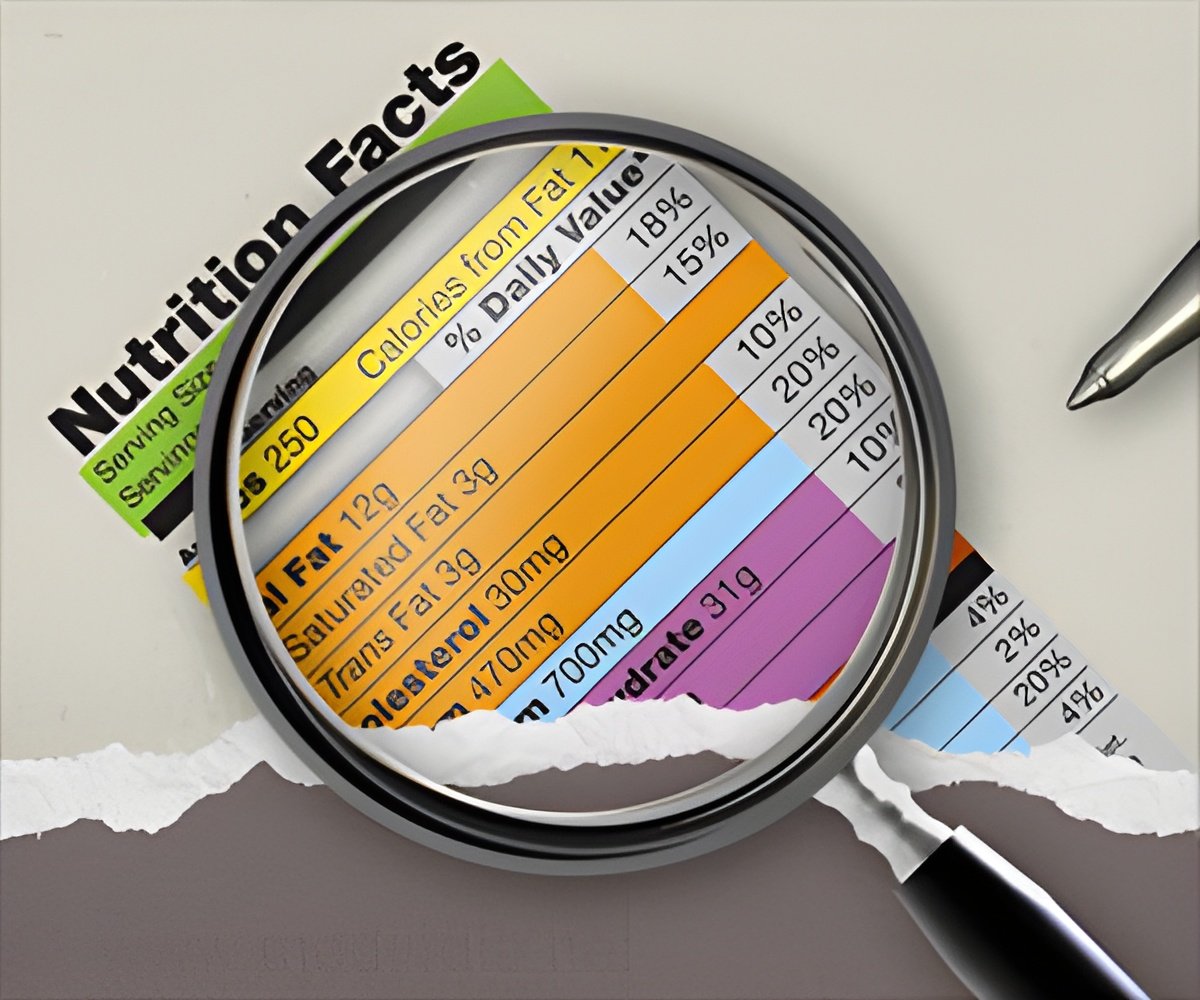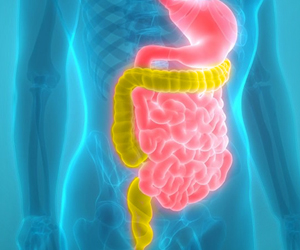
‘The new food labels are intended to reflect new scientific labels, such as the connection between a person's diet and chronic diseases like obesity, diabetes or heart disease.’
Tweet it Now
One major change is about serving size; manufacturers will be required to base serving size on what people are actually eating, meaning the impossible-to-hit half cup serving of ice cream is no more. The serving size for soda will change from 8 ounces to 12 ounces, or a standard can. Martin Binks, an associate professor of nutritional sciences at Texas Tech University, who leads the Behavioral Medicine & Translational Research Lab and is director of the Nutrition & Metabolic Health Initiative at Texas Tech, said, - "The labels are an improvement over the previous labels, which were difficult for the average person to comprehend, but really only minor improvement."
- "Unfortunately, it is front of package' labeling that draws average consumer's attention. Only those predisposed to already being diet conscious' read the label. So until we achieve helpful and non-misleading front of package' labeling, this will likely have little to no meaningful impact on population behavior."
- "Positives: Highlighting somewhat more realistic serving sizes is an improvement for consumer readability as is the highlighting of calories to make them more apparent. Also the inclusion of actual nutrient amounts is very useful for those inclined to read the label."
- "Negatives: With regard to the highlighting of added sugar' - I am concerned about the highlighting of any single nutrient over others, in this case added sugar. It seems to give it an elevated importance reminiscent of the elevated importance of dietary fat in the 80s. It plays into the pop culture of sugar is poison, which is really not any more factual than blaming fat for all our ills in previous decades. The overall dietary pattern would be a better message than singling out any single nutrient."
Advertisement
- "As a registered dietitian who has spent countless hours educating students, patients and clients on label reading, I am very excited about the new label update for a number of reasons."
Advertisement
- "Serving size is addressed in three ways. Many people struggle with portion control and determining portion size from the label. This change may help alleviate that."
- "Finally, the addition of 'Added Sugars' is positive. Sugar and carbs are often demonized unnecessarily. Now consumers can differentiate between naturally occurring sugars, such as fructose in fruit, and sugars that have been added by manufacturers."
Source-Newswise















